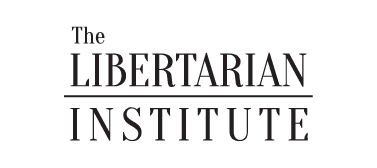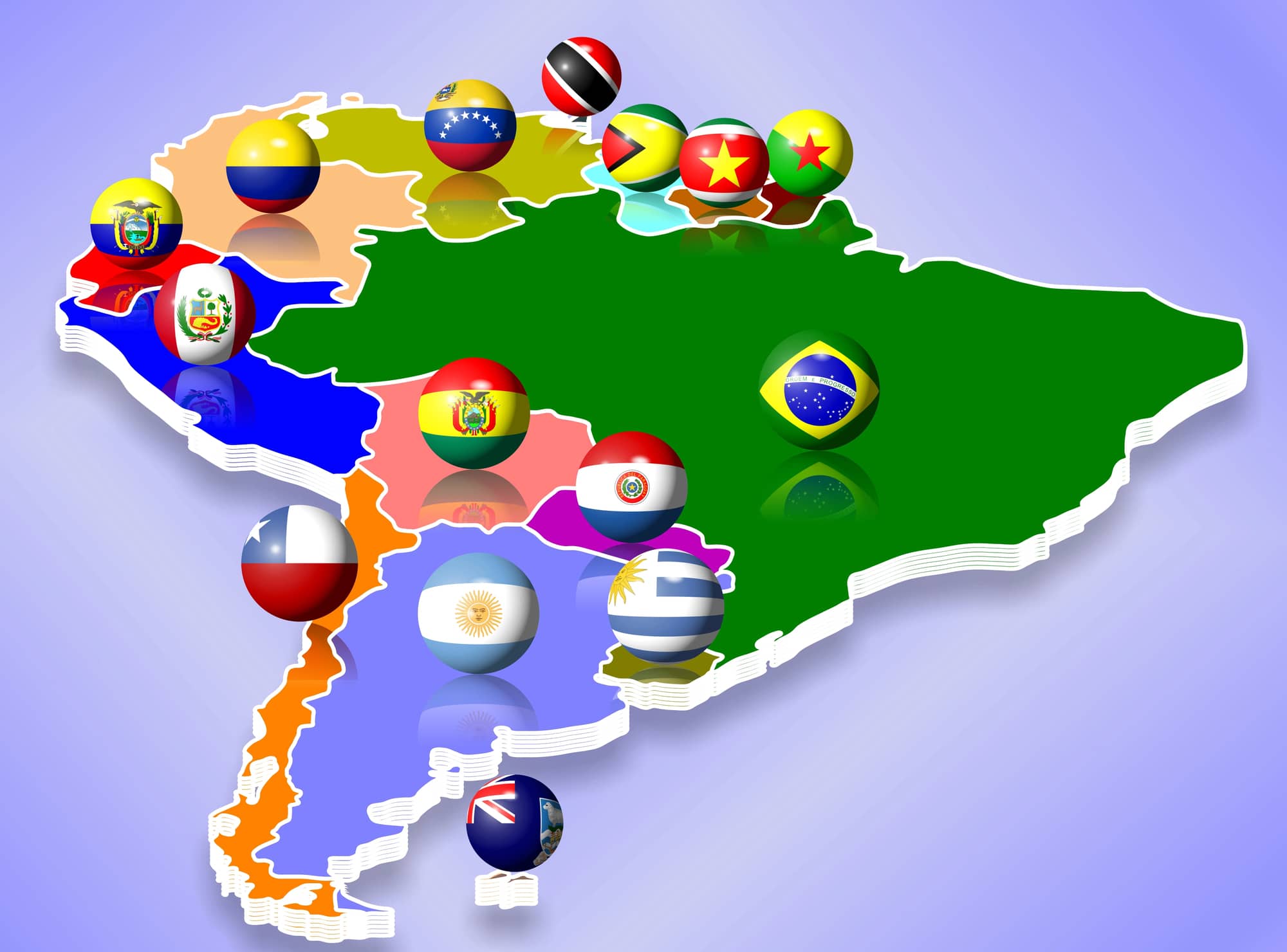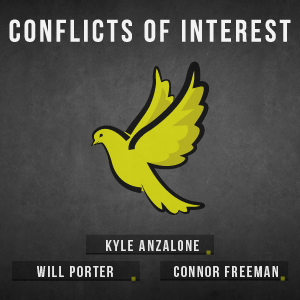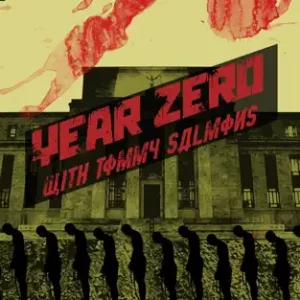Since assuming the presidency, Donald Trump has quickly put Latin America on notice. From threatening Mexico and Colombia with tariffs for not adequately dealing with illegal immigration in a way that satisfied the president, to Trump’s threats to take over the Panama Canal for China’s alleged influence over the waterway, U.S. foreign policy is shifting southward. Despite Trump’s aggressive posturing, it seems that tensions have cooled off for now.
Mexico agreed to deploy about 10,000 National Guard troops to the southern border to address Trump’s concerns about illegal immigration and drug trafficking. In return, Trump froze the implementation of a 25% tariff on all Mexican imports for thirty days.
With respect to Panama, Trump’s threats provoked Panamanian President Raúl Mulino to assert his country’s sovereignty over the canal. However, after U.S. Secretary of State Marco Rubio paid a visit to Panama, authorities in the Central American country started to carry out an investigation of Panama Ports Company—a subsidiary of the Hong Kong-based conglomerate CK Hutchison Holding—that runs ports on the Atlantic and Pacific sides of the Panama Canal. U.S. security experts fear that CK Hutchison’s control of these ports could have a “dual use” purpose and be used to China’s benefit in a hypothetical geopolitical struggle.
More noteworthy was Panama’s announcement on February 3 to leave China’s Belt and Road Initiative (BRI). In a remarkable departure from its historic decision in 2017 to become the first country in Latin America to join the BRI initiative, it appears that Panama is drifting back to the United States’ orbit.
The Trump administration’s trade scuffle with Colombia was particularly spicy. On January 26, 2025, Trump threatened to hit Colombia with tariffs and other trade sanctions after the government of President Gustavo Petro turned away U.S. military aircraft with deported illegal immigrants. Though the Trump administration changed its tune and announced that the United States would not slap Colombia with punitive tariffs after Colombian authorities complied with all the Trump’s administration’s terms, which includes receiving deportation flights from the United States.
Trump’s brief kerfuffle with Colombia is peculiar. Starting in 2012, Colombia and the United States have been part of a lucrative free trade agreement. The United States is Colombia’s primary trading partner, with Colombian exports to the United States reaching $14 billion in 2024—a figure that represents 28% of Colombia’s exports.
In a similar vein, Colombia has traditionally been the United States’ most reliable ally in South America. The United States previously partnered with Colombia to combat drug trafficking by implementing Plan Colombia from 1999 to 2015, which put Colombia on stable institutional footing against drug cartels and insurgents.
From there, Colombia became one of Latin America’s most remarkable economic success stories and a solid partner for Washington. Colombia’s loyalty to the United States was rewarded in 2017, when it became a partner of the North Atlantic Treaty Organization (NATO).
However, when Petro came into the presidential picture in 2022, Colombia started charting an independent foreign policy path. In October 2024, Colombian Vice Minister of Foreign Affairs Jorge Rojas announced Colombia’s plan to join China’s BRI initiative. Similarly, in the middle of November 2024, Colombia applied to join the BRICS New Development Bank.
Even more explosive has been Colombia’s stance toward Israel—“America’s greatest ally”—in the wake of the October 7 attacks. The Colombian president has been a vocal critic of Israel’s punitive military expedition in Gaza, accusing the Jewish state of committing genocide against the Palestinian people. On October 30, 2023, Colombia recalled its ambassador to Israel. Colombia would later sever all diplomatic ties with Israel on May 1, 2024.
Trump’s aggressive posturing towards the aforementioned Latin American countries has all the markings of a reassertion of a Monroe Doctrine sphere of influence strategy, in addition to a concerted effort to discipline countries that pursue an anti-Israel line—a move that will invariably put a country in Washington’s crosshairs.
The foreign policy arena is changing rapidly. Secretary of State Mark Rubio recently conceded in an interview with former Fox News host Megyn Kelly that the unipolar movement is over and the United States is a great power among other great powers on the world stage.
The United States is now confronting new realities on the world stage. While the United States spent trillions and nearly two decades prosecuting nation-building experiments in Afghanistan and Iraq, rivals like China have gained further economic influence in its backyard.
From 2000 to 2022, annual total trade volume between China and Latin America increased by nearly 35-fold, going from $14 billion to about $500 billion.
China’s economic footprint will grow larger in the region as it continues its ascent. This trend will only accelerate if the United States continues to antagonize Latin American nations, even its ostensive allies such as Colombia. In the new geopolitical world of multi-polarity, clever statecraft has become an absolute must.
The United States’ actions in the region could have countries in the region leery of the United States’ ability to function as a stable partner. Moving forward, countries that were otherwise on friendly terms with the United States such as Colombia may have second thoughts about fully committing themselves to partnerships with the United States. In a multipolar environment, the United States is forced to walk a delicate tightrope. Its punitive actions or threats could incentivize countries such as Colombia to increase economic intercourse with China, Russia, or the European Union.
The grand chessboard is changing, and it would behoove American decision-makers to calibrate their foreign policy maneuvers in a prudent manner.
































